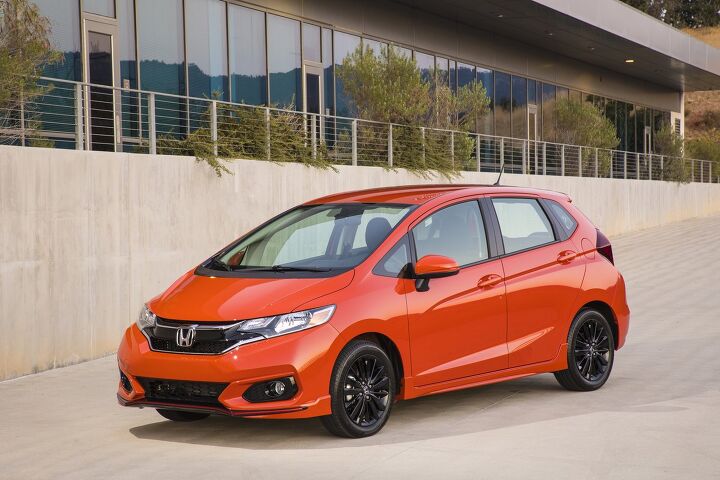#AutomotivePayments
Average Automotive Pricing Window Continues Shifting Upwards
Now that fuel prices are popping off and it’s becoming glaringly obvious that we’re falling into another recession, one would hope that automakers would be prioritizing their more economical models. Unfortunately, most manufacturers operating in North America spent the last decade culling the smallest models from their lineup. Domestic brands took the practice so far that several no longer offer traditional cars, opting instead for compact crossover vehicles yielding higher price tags and broader profit margins. Foreign brands were only marginally more reserved with the ax.
This has helped move the average vehicle transaction price beyond $42,000 in the United States, according to Edmunds, with used rates sitting somewhere around $28,000. Though the cause isn’t entirely down to there being a complete lack of econoboxes on the market. Increased regulations and the industry’s newfound obsession with connectivity/tech have also increased pricing. But it doesn’t change the fact that we’re now confronting a situation where almost nobody is selling the kind of small, affordable vehicles that cater to shoppers needing to be thrifty right when they really need them.
Study: Automotive Debt Is Out of Control, You're Being Swindled
Consumer Reports just released the findings of a year-long stud y looking into the latest trends in automotive loans and car payments. The resulting information highlights just how explosive the debt growth has been over the last 10 years and the arbitrary way in which borrowers are now being treated.
Long story short, we’re all being swindled.
With vehicle prices ballooning and the associated loans becoming longer than ever, dealers and lenders seem to be operating whatever way yields the steepest profit margins with only a modicum of consideration being given to the established frameworks designed to act as a guard rail. This has led to U.S. citizens carrying around a record $1.37 trillion in automotive load debt and customers with good credit being treated no different than those that fall into the subprime category. Sadly, the issue appears only appears to be worsening as new economic perils are only making things more expensive. Meanwhile, data from the Federal Reserve Bank of New York is projecting national auto debt to swell to $1.42 trillion by year’s end.

















Recent Comments